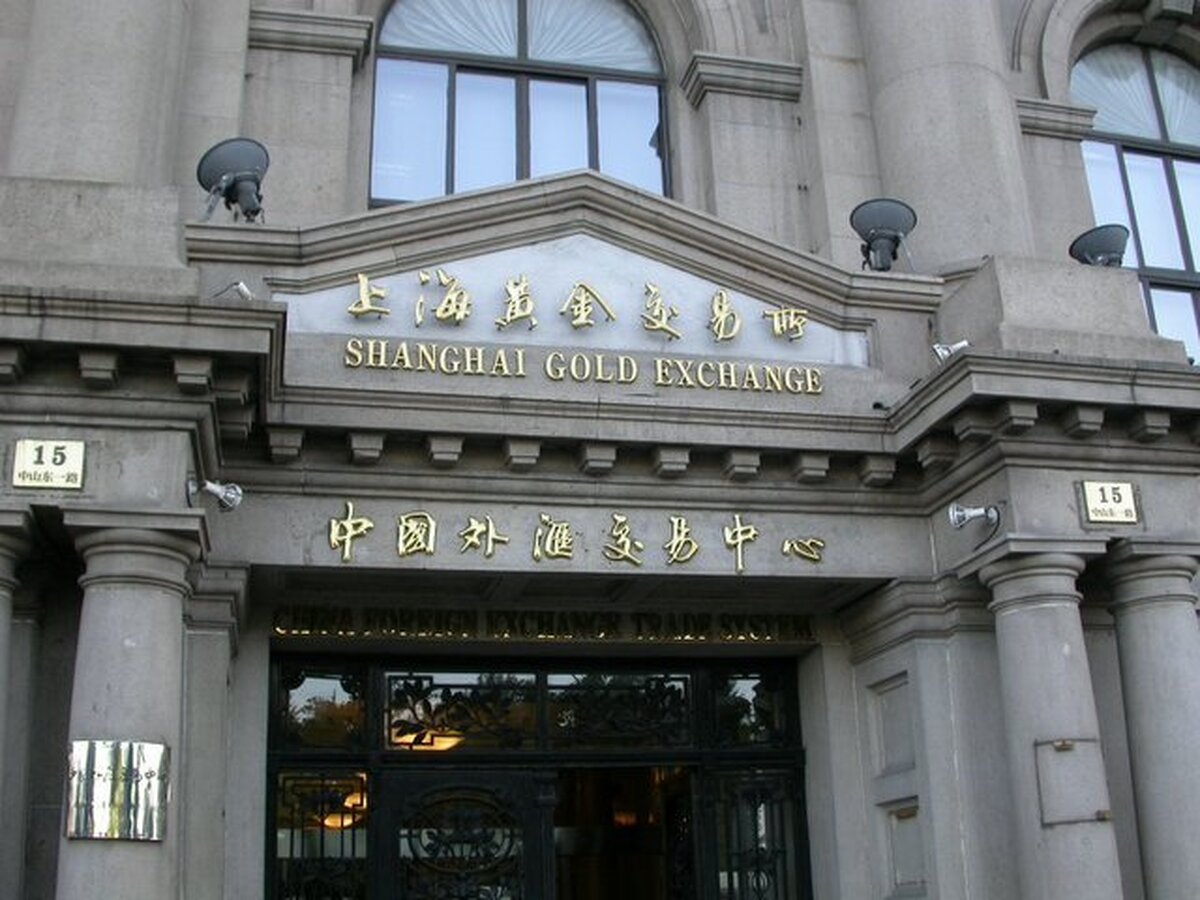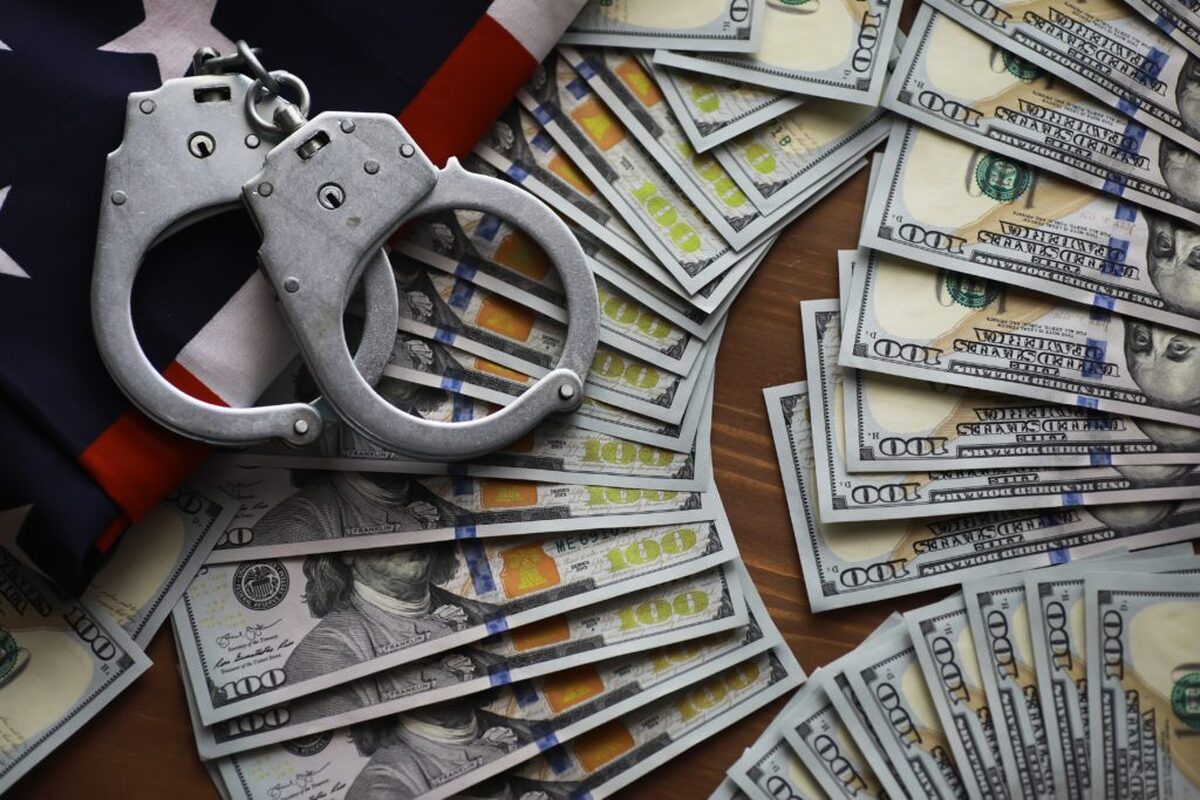
Fake-branded bars slip dirty gold into world markets
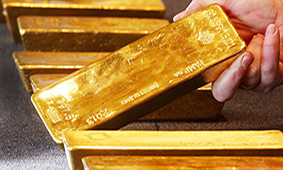
In the last three years, bars worth at least $50 million stamped with Swiss refinery logos, but not actually produced by those facilities, have been identified by all four of Switzerland’s leading gold refiners and found in the vaults of JPMorgan Chase & Co., one of the major banks at the heart of the market in bullion, said senior executives at gold refineries, banks and other industry sources.
Four of the executives said at least 1,000 of the bars, of a standard size known as a kilobar for their weight, have been found. That is a small share of output from the gold industry, which produces roughly 2 million to 2.5 million such bars each year. But the forgeries are sophisticated, so thousands more may have gone undetected, according to the head of Switzerland’s biggest refinery.
“The latest fake bars … are highly professionally done,” said Michael Mesaric, the chief executive of refinery Valcambi. He said maybe a couple of thousand have been found, but the likelihood is that there are “way, way, way more still in circulation. And it still exists, and it still works.”
Fake gold bars – blocks of cheaper metal plated with gold – are relatively common in the gold industry and often easy to detect.
It is not clear who is making the bars found so far, but executives and bankers think most originate in China
The counterfeits in these cases are subtler: The gold is real, and very high purity, with only the markings faked. Fake-branded bars are a relatively new way to flout global measures to block conflict minerals and prevent money-laundering. Such forgeries pose a problem for international refiners, financiers and regulators as they attempt to purge the world of illicit trade in bullion.
High gold prices have triggered a boom in informal and illegal mining since the mid-2000s. Without the stamp of a prestigious refinery, such gold would be forced into underground networks, or priced at a discount. By pirating Swiss and other major brands, metal that has been mined or processed in places that would not otherwise be legal or acceptable in the West – for example in parts of Africa, Venezuela or North Korea – can be injected into the market, channeling funds to criminals or regimes that are sanctioned.
It is not clear who is making the bars found so far, but executives and bankers told Reuters they think most originate in China, the world’s largest gold producer and importer, and have entered the market via dealers and trading houses in Hong Kong, Japan and Thailand. Once accepted by a mainstream gold dealer in these places, they can quickly spread into supply chains worldwide.
Word of the forged bars began to circulate quietly in gold industry circles after the first half of 2017, when J.P. Morgan, one of five banks which finalize trades in the $10 trillion-a-year London gold market, found that its vaults contained at least two gold kilobars stamped with the same identification number, 10 people familiar with the matter told Reuters. Reuters couldn’t determine exactly where the vaults were.
J.P. Morgan declined to directly address questions about the fraudulent bullion, or comment on any of the details in this story. “It’s our standard practice to immediately alert the appropriate authorities and refineries should we discover mismarked gold kilobars during routine checks and procedures,” the bank said in a statement. “Fortunately, we have yet to have an incident resulting in a loss to the firm or a client.”
The Shanghai Gold Exchange, which regulates China’s gold market, said in a statement it was not aware of counterfeit bars being made in or transported through China. “The Shanghai Gold Exchange has established a thorough delivery and storage system. The process for gold (material) to enter the warehouse is strictly managed and in compliance with the regulations,” it said.
When others who store and trade such gold found forged bars, they returned them to the refiner concerned, some of whom have operations in Asia. Bars returned to Switzerland have been reported by refiners to the Swiss authorities who impounded them, refiners said.
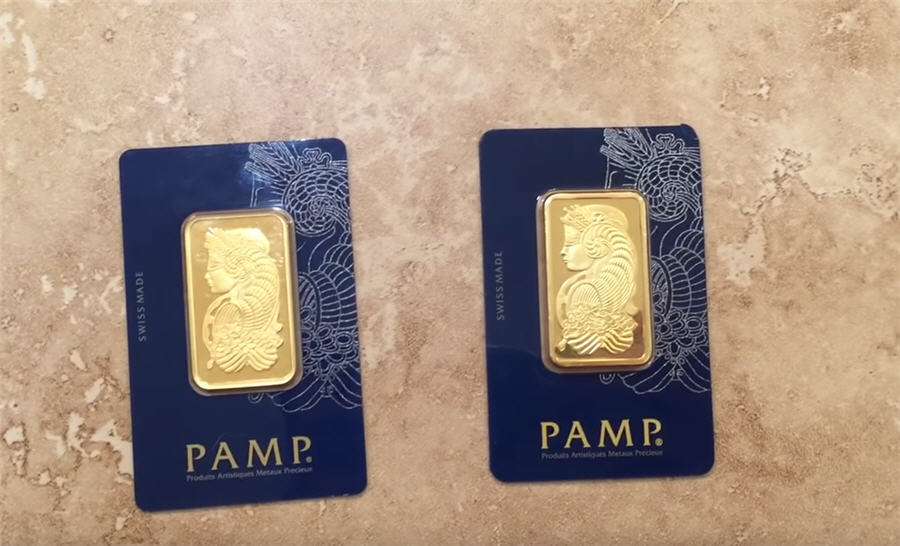
Fake-branded bars (pictured on the right) began to circulate quietly in gold industry in 2017. Image courtesy of Mo S via YouTube.
Swiss Customs said 655 forged bars were reported in 2017 and 2018 to local prosecutors in Ticino, a region bordering Italy that contains three of Switzerland’s four large refineries. “In all cases the marking of the 1 kg bars were fake,” a Customs official said by email, without commenting further.
The public prosecutor in Ticino confirmed it had received three reports of gold bars with suspect serial numbers, but said it could not disclose more information. The police in Neuchatel, where Switzerland’s other large refinery is located, said neither it nor local prosecutors there had received reports of any forged bars. Switzerland’s Attorney General said its office was not concerned with the topic at present.
Refinery executives said forged bars had also been reported in other countries.
Handy format
Kilobars are small – around the size and thickness of a cellphone – unlike the roughly 12.5-kilo gold ingots typically stored in the vaults of the world’s central banks. Kilobars are the most common form of gold in circulation around the world, passing fluidly between banks, refineries, dealers and individuals. The identifying features stamped onto a bar’s surface include the logo of the refinery that made it, its purity, weight, and a unique identification number. Each one is worth around $50,000 at current prices.
In parts of Southeast Asia, it’s not uncommon for individuals to use gold instead of cash for big purchases such as real estate, bankers and analysts said. “It’s the only investment tool that goes from institutional investors like banks to the public and back again,” said an executive at a Swiss refinery.
In China, almost all exports of gold are banned as part of the country’s strict, longstanding controls on capital movements. That, market analysts say, has spurred demand among well-to-do Chinese who want to send money out of the country to find ways to smuggle it.
An estimated 400 to 600 tonnes of gold are snuck every year across the border from mainland China to Hong Kong in car boots and delivery vans, most of it in kilobars, said Cameron Alexander, head of precious metals research at consultants GFMS Refinitiv, which conducts detailed studies of global gold flows. Hong Kong Customs said it had received no complaints in the past decade about kilobars with forged trademarks.
Japan also has a long-established problem of gold smuggling in which the forged brands could be put to use, refinery executives said.
Swiss brands are not the only ones to have been pirated, but are the most targeted due to their global reach, executives said. Switzerland’s four largest refineries – Valcambi, PAMP, Argor-Heraeus and Metalor – process around 2,000-2,500 tonnes of gold a year, worth around $100 billion. Their trademarks are among the most common and trusted in the industry. PAMP and Metalor declined to comment on the record; Argor said there was always a risk brands would be counterfeited, and recommended people buy bars only from trusted distributors.
For recipients, the pirated bars pose a compliance threat: Anyone who holds such metal – including jewelers, banks and electronics firms – risks inadvertently violating global rules designed to keep metal of unknown or criminal origin out of circulation. The rules aim to staunch gold supplies that fund conflict, terrorism or organized crime, damage the environment or undermine national governments.
Governments in America and Europe are legislating to force banks and manufacturers of data-x-items such as jewelry and electronics to take more responsibility for their mineral suppliers. For example, a clause in the Dodd-Frank Act adopted by the United States obliges U.S. companies to disclose whether gold they use has come from countries in central Africa where it could have been mined to fund conflict.
J.P. Morgan responded to its discovery by deciding to stop buying any gold in Asia that had not come freshly made from a small clutch of refineries it trusted
Richard Hayes, chief executive of the Perth Mint in Australia, one of the world’s largest refiners, said his company had not encountered fraudulently branded Perth Mint kilobars. But, given the experience of other refiners, he has no doubt they are circulating.
“It’s a wonderful way of laundering conflict gold,” he said. “The gold is genuine, but it’s not ethically sourced … They look completely genuine, they assay correctly, and they weigh correctly as well.”
The perfect appearance makes the bars highly effective. “Because gold is completely fungible,” Hayes said, “you can bleed it into genuine production. It’s very, very hard to control.”
J.P. Morgan supplies gold from major refiners for many of the world’s biggest banks, jewelers and investors, and the discovery of the forged bars in its vaults triggered a full review of the gold it held, market sources said. One said this sweep unearthed around 50 fraudulently-branded bars. Another said it found several hundred. J.P. Morgan did not comment.
People in the industry familiar with the matter said the number of forged bars, and their high quality, meant their production must be well organized. An analysis of the bars’ movements suggested they had been made in Asia, probably China, they said. But the gold in them could have been melted and re-melted after being mined anywhere.
J.P. Morgan responded to its discovery by deciding to stop buying any gold in Asia that had not come freshly made from a small clutch of refineries it trusted, five people familiar with the decision said. J.P. Morgan declined to comment.
Other banks have also restricted gold purchases in Asia, 15 people in the industry said. “Anything that has even the chance of being iffy they are not going to be involved in,” said Alexander, the analyst at GFMS Refinitiv.
Reuters approached five large banks that trade gold in Asia, several of which have vaulting facilities. HSBC declined to comment in detail but a spokesman said it only bought bars directly from a small group of refiners accredited, like the Swiss, by the London Bullion Market Association (LBMA). It said it had found no counterfeits. UBS did not comment on counterfeit bars, but said it only sells gold processed by LBMA-accredited refiners. Standard Chartered declined comment, saying “this is not an issue that affects us.” ANZ said it buys previously cast bars from “a select group of counterparties” and its policy, which had not been changed by the counterfeits, was to re-melt and recast them before selling them on. No one from ICBC Standard was available to comment.
Three nines
The number of fake bars being found has dropped since 2017. But refiners say the forgeries are becoming increasingly sophisticated, so the problem may have grown.
In 2017, Valcambi’s Mesaric said, hundreds of bars were found stamped with the same identification number. The bars’ markings also had spelling errors, flaws in logo images, or print that was too deep or shallow, other refiners said.
The most reliable way to identify the fakes is to test their purity
Today, the forgeries are more precisely made, using what appears to be sophisticated machinery, Mesaric said. There can still be giveaways, such as indentations from a robotic gripper or repeated imperfections in a cast mould. But these are easy to miss.
The most reliable way to identify the fakes is to test their purity. Gold is available on world markets in varying levels of purity: For professionally produced kilobars, the most common standard is 99.99% – known in the trade as “four nines.” An analysis of three counterfeit-branded bars by one Swiss refinery showed that two of them were 99.98% pure, and the third 99.90%.
Though short of legitimate professional standards, even that level of purity is difficult to achieve, and takes advanced equipment to detect.
Swiss Customs said of the 655 bars reported to local prosecutors in Ticino, the purity fell slightly below 99.99% in some cases.
“The level of counterfeit is becoming really good. Even for us it is hard to tell,” said a Swiss refinery executive who spoke on condition of anonymity. “They are, however, slightly less pure because the people doing the counterfeits don’t have the equipment we have.”
Tamper-proof ink, microsurface scans
The refineries are responding to the problem with technology.
Metalor this year began to put spots of tamper-proof ink on its bars. Like the security features on banknotes, these display different features when viewed under certain light or through filters. PAMP and Valcambi perform a microsurface scan of their bars and supply machines or phone apps that can scan each one and verify whether their surfaces match the refinery’s records. Argor said its bars had various security features, but declined to elaborate for security reasons.
Metalor this year began to put spots of tamper-proof ink on its bars. Image source: Singapore Bullion Market Association
The LBMA, which accredits global refineries to vouch for the quality of their output, is drawing up standards for security features. It has also proposed a global database containing information about every kilobar produced, as a way of cross-checking the products to add an extra layer of security. “Any security feature can be duplicated that’s on the bar itself,” said the LBMA’s chief executive, Ruth Crowell.
But most of the refiners’ security features have only been introduced recently, and no database is planned until 2020 at the earliest.



Gold price edges up as market awaits Fed minutes, Powell speech

Glencore trader who led ill-fated battery recycling push to exit

Emirates Global Aluminium unit to exit Guinea after mine seized

Iron ore price dips on China blast furnace cuts, US trade restrictions

Roshel, Swebor partner to produce ballistic-grade steel in Canada
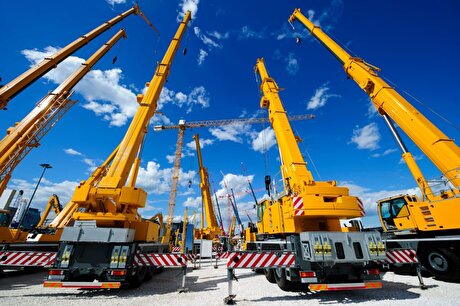
US hikes steel, aluminum tariffs on imported wind turbines, cranes, railcars

Trump weighs using $2 billion in CHIPS Act funding for critical minerals

EverMetal launches US-based critical metals recycling platform

Afghanistan says China seeks its participation in Belt and Road Initiative

Energy Fuels soars on Vulcan Elements partnership

Northern Dynasty sticks to proposal in battle to lift Pebble mine veto

Giustra-backed mining firm teams up with informal miners in Colombia

Critical Metals signs agreement to supply rare earth to US government-funded facility

China extends rare earth controls to imported material

Galan Lithium proceeds with $13M financing for Argentina project

Silver price touches $39 as market weighs rate cut outlook

First Quantum drops plan to sell stakes in Zambia copper mines

Ivanhoe advances Kamoa dewatering plan, plans forecasts
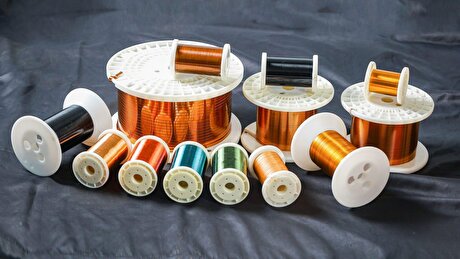
Texas factory gives Chinese copper firm an edge in tariff war

Energy Fuels soars on Vulcan Elements partnership

Northern Dynasty sticks to proposal in battle to lift Pebble mine veto

Giustra-backed mining firm teams up with informal miners in Colombia

Critical Metals signs agreement to supply rare earth to US government-funded facility

China extends rare earth controls to imported material

Galan Lithium proceeds with $13M financing for Argentina project

Silver price touches $39 as market weighs rate cut outlook

First Quantum drops plan to sell stakes in Zambia copper mines

Ivanhoe advances Kamoa dewatering plan, plans forecasts

